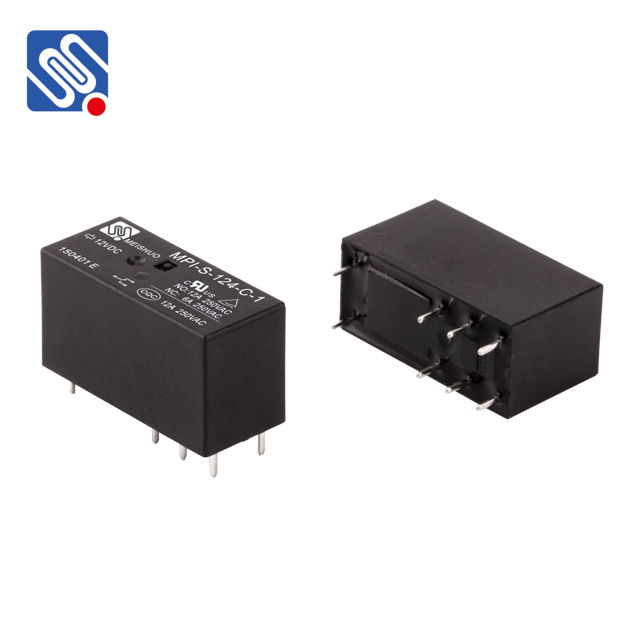relay application notes: a comprehensive guide to relay selection and application
Release time:2025-08-10 01:35:40
Relays are essential components in the electrical and electronic systems used across various industries, from home appliances to complex industrial machinery. They allow for the control of high-power circuits with low-power signals, acting as an interface between control circuits and load circuits. To fully utilize the potential of relays, engineers rely on Relay Application Notes—technical documents that provide guidance on selecting and implementing relays in specific applications. These notes are invaluable resources for both novices and seasoned professionals. In this article, we will explore the key aspects covered in relay application notes and their significance in the design process.

Understanding Relay Basics
At the core of relay application notes is a detailed explanation of how relays work. A relay operates based on an electromagnetic principle. When a current flows through a coil in the relay, it generates a magnetic field that attracts or repels an armature, thereby opening or closing contacts in the circuit. This mechanism allows relays to control high-voltage or high-current circuits through low-voltage control signals. Different types of relays, such as electromagnetic and solid-state relays, are explained in these notes, with comparisons of their benefits and limitations for various applications.

